Your Pantry’s Secret Weapon: The Ultimate Guide to Cornstarch (for Everything But Cooking)
If you’ve spent any time around workshops, craft rooms, or just dealing with life’s little messes, you learn one thing fast: sometimes the most effective tool is the simplest one. For me, that tool is often a humble box of cornstarch. Most people think of it as just a way to thicken gravy, but honestly, its real magic lies far beyond the kitchen.
In this article
But before we dive in, let’s get one thing crystal clear. We’re talking about cornstarch—that super fine, silky white powder you find in the baking aisle. We are NOT talking about corn flour, which is much grittier and made from the whole kernel. They are not interchangeable for these tricks, so make sure you’ve got the right stuff! You can grab a box for about $1-$2 at pretty much any grocery store.
This isn’t about random ‘hacks.’ It’s about understanding why this simple powder works. Once you get the principles, you can start solving problems you haven’t even run into yet. Think of it as a tool, and let’s explore how to use it.
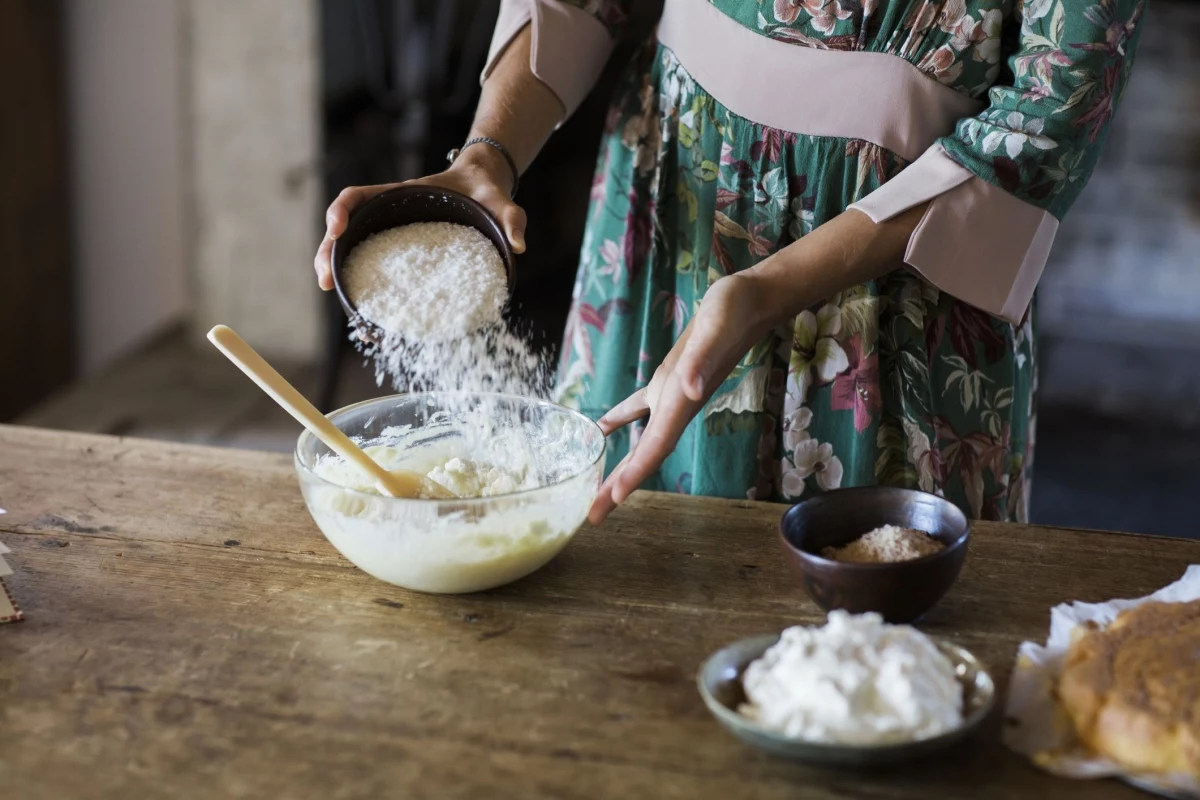
The Science Behind the Magic: Why It Actually Works
So, what’s the deal with this white powder? It all comes down to its microscopic structure. Cornstarch is made up of teeny, tiny, tightly packed granules, and this unique form gives it some seriously useful properties.
First off, it’s incredibly absorbent. The technical term is hygroscopic, which is just a fancy way of saying it loves to grab and hold onto water molecules. But it does the same thing with oils and grease. The massive surface area of all those little granules allows it to pull liquids and greasy stuff right out of porous surfaces like fabric, wood, or even paper. This is the secret behind its power as a stain remover and deodorizer.
Second, it’s a fantastic gentle abrasive. The starch granules are hard, but they’re also incredibly fine. When you make a paste, they can scrub away tarnish and grime without leaving scratches, which is something harsher abrasives like salt can’t promise. This makes it perfect for polishing delicate things like silverware.
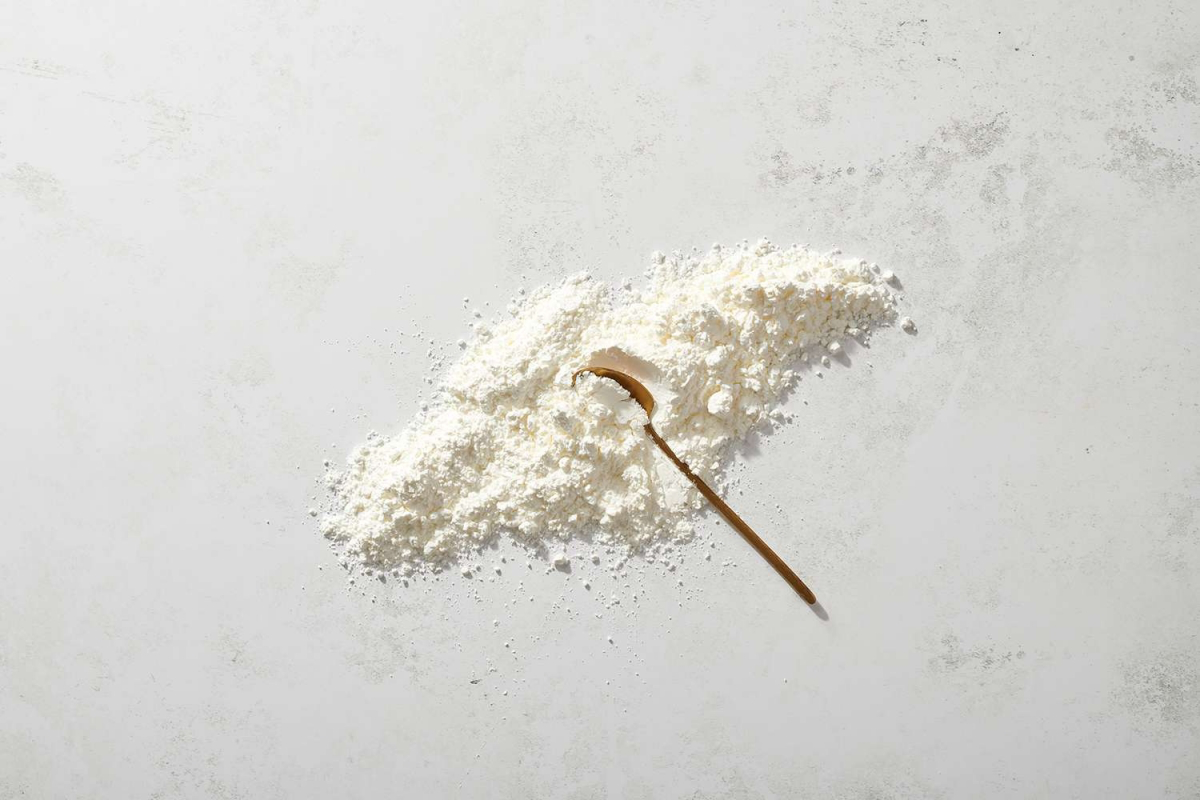
And by the way, not all starches are created equal. Potato starch has slightly larger granules, making it a bit more absorbent in some cases, while tapioca starch is even finer. But for most jobs around the house, regular old cornstarch is cheap, easy to find, and does the job beautifully.
When to Grab Cornstarch vs. Baking Soda
A lot of people get these two white powders confused. Both are amazing cleaners, but they shine in different areas. Here’s a quick rundown:
- For greasy, oily spills: Cornstarch is your winner, hands down. Its power is in pure absorption, wicking up the oil without any chemical reaction. Baking soda is more of a mild alkali, which isn’t as effective on pure oil.
- For deodorizing: It’s a tie, and they’re even better together! Cornstarch absorbs the moisture that funk-causing bacteria love, while baking soda neutralizes acidic odors. That’s why I mix them for my carpet freshener.
- For gentle scrubbing: Cornstarch is the gentler of the two. Its fine, uniform particles are ideal for polishing silver or cleaning glass. Baking soda is slightly more abrasive, making it better for tougher jobs like scrubbing a sink or a grimy pot.
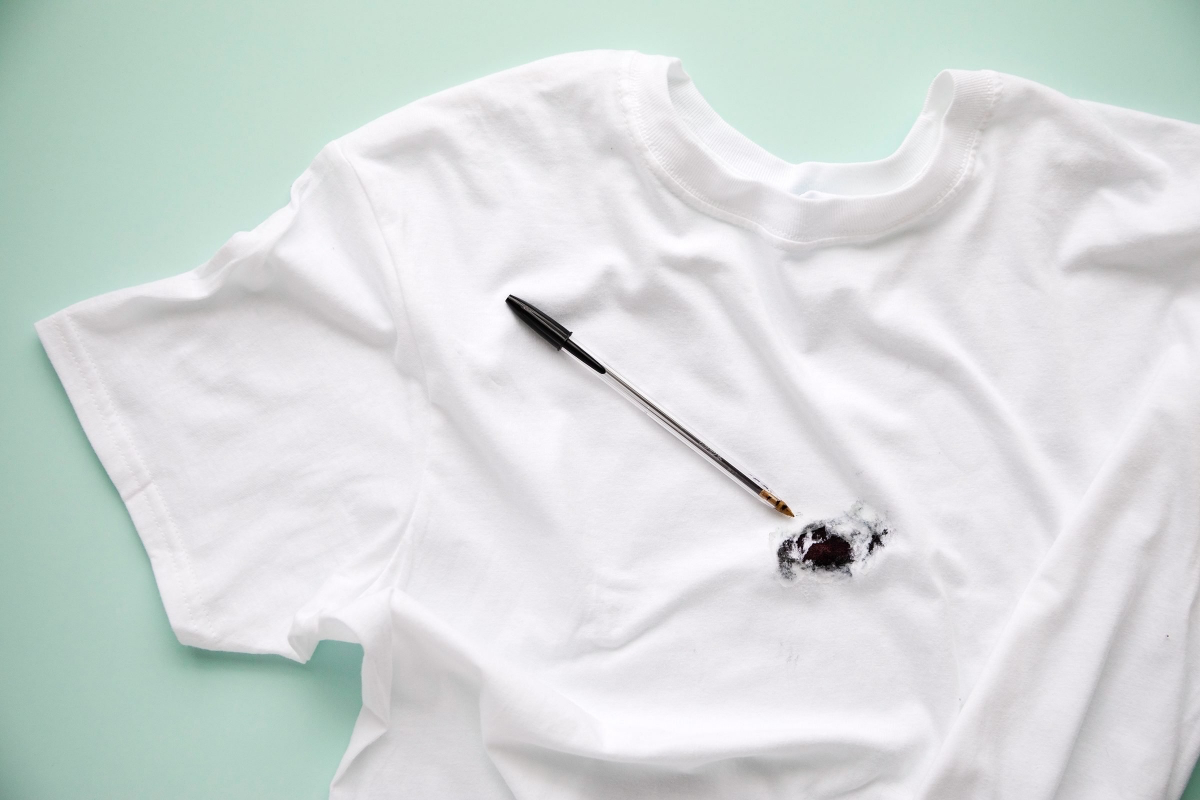
Putting It to Work: Pro-Level Stain Removal
This is where cornstarch really proves its worth. I once saved a vintage silk tie from a complete butter disaster right before a wedding using nothing but a pile of cornstarch and some patience.
The Dry Method for Fresh Grease and Oil
This is your first line of defense against fresh oil splatters, whether from cooking, cosmetics, or your car. The key is to act fast.
What you’ll need: Just the cornstarch and a soft brush (an old toothbrush or mushroom brush is perfect).
- Lay the stained item on a flat surface. Critically, do not wet the stain!
- Pile a generous amount of cornstarch directly on the spot. I’m talking a little mountain, at least a quarter-inch high. Don’t rub it in; that can force the oil deeper into the fibers.
- Now, just let it sit. For a small food splatter, an hour might do it. For a heavy-duty oil stain on denim, I’ve left it overnight. The starch needs time to do its wicking magic.
- Gently scrape off the pile and use your soft brush to whisk away the rest. You’ll probably see the powder is clumpy and yellowish where it soaked up the oil.
- If a faint spot is still there, just repeat the process. Once you’re happy, you can launder the item as usual.

The Wet Method for Ink, Blood, and Grime
For stains that aren’t oil-based, a paste is the way to go. This technique uses the absorbing power of the starch as it dries to physically pull the stain out.
What you’ll need: Cornstarch, cold water, and a small bowl.
- Mix about two parts cornstarch to one part COLD water until you have a thick paste, like toothpaste.
- Heads up! Always use cold water, especially for protein stains like blood. Hot water will literally cook the protein, setting the stain forever. I learned that the hard way on a favorite white shirt.
- Carefully apply the paste over the stain. A pro tip for liquid stains like ink is to apply the paste in a ring around the stain first to create a dam, then fill in the center. This stops it from spreading.
- Let it dry completely. This is the most important part. The paste needs to be bone-dry and crumbly. This can take a few hours.
- Scrape off the dried cake and brush away the residue. The stain should be dramatically lighter or even gone.
Quick troubleshoot: If you see a faint white ring on darker clothes after it dries, don’t panic! It’s just harmless starch dust. A quick dab with a damp cloth or a pass with a lint roller will make it disappear.
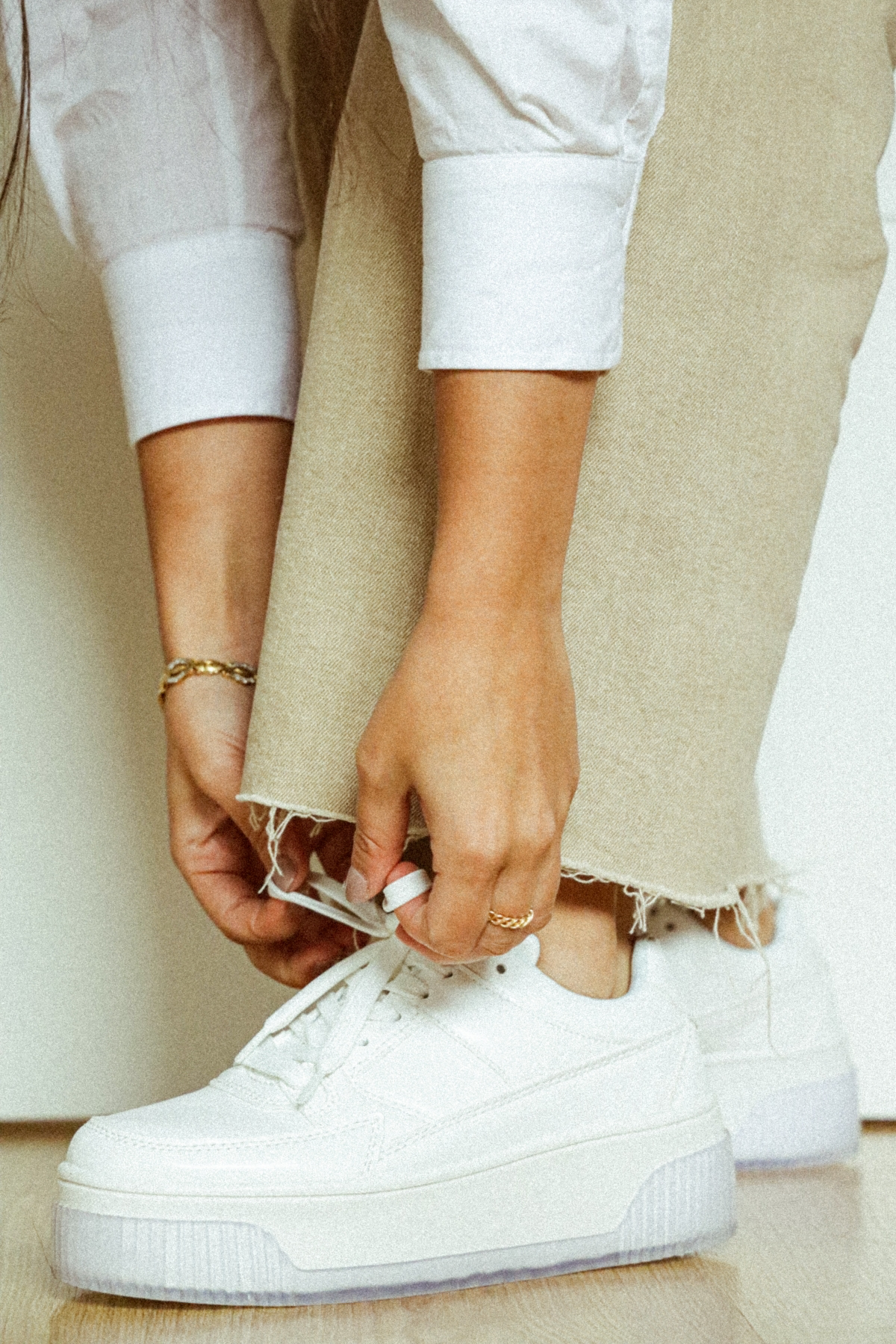
A Gentle Touch for Polishing and Cleaning
Polishing Silver and Other Metals
Forget those smelly chemical polishes, especially for cutlery. A cornstarch paste is food-safe and works wonders on tarnish.
Just make a simple paste with water, apply it with a soft cloth (an old t-shirt is great), and rub gently. You’ll feel a very light grittiness doing the work. Rinse the item thoroughly with warm water—this is key to prevent a white film—and buff it dry with a clean cloth for a brilliant shine.
Streak-Free Glass and Mirrors
This is one of my favorite tricks because the result is just… perfect. The cornstarch acts as a super-mild abrasive that buffs the glass.
In a spray bottle, mix about two cups of warm water, a quarter-cup of white vinegar, and one tablespoon of cornstarch. Shake it like crazy to dissolve the starch. You’ll need to shake it before each use as the starch will settle.
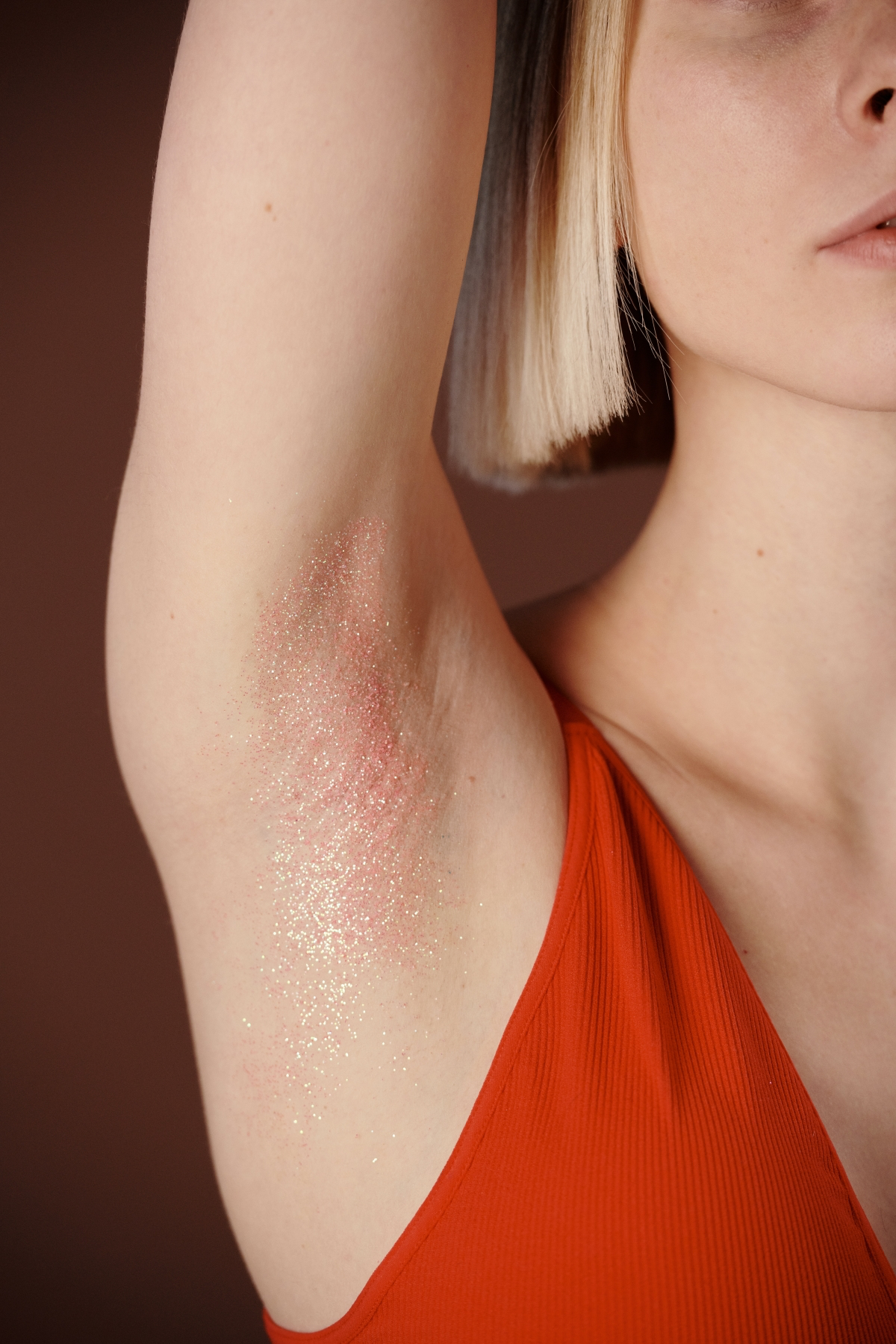
Spray it on, and wipe it off with a clean microfiber cloth. The sparkle is unreal.
Good to know: This is an all-natural cleaner, so it doesn’t have preservatives. It’s best to mix up a fresh batch every couple of weeks to keep it from getting funky.
The Ultimate Deodorizer and Moisture-Zapper
Cornstarch doesn’t just mask odors with perfume; it attacks the root cause by absorbing moisture.
Freshening Carpets and Rugs
In a jar, mix one cup of cornstarch and a half-cup of baking soda. If you like a scent, add 10-15 drops of essential oil like lavender or lemon. Shake it all up, sprinkle it lightly over your carpet, and let it sit for at least 30 minutes before vacuuming thoroughly.
A quick warning: Super fine powders can be tough on some vacuum motors, especially bagless models. I always make a point to tap my filter clean outside after doing this, just to be safe.

Deodorizing Shoes, Books, and More
This is a lifesaver for things you can’t wash. Sprinkle it in smelly shoes and let it sit overnight. Want a no-mess option? After letting it sit, just use your vacuum’s hose attachment to suck it all out in the morning. So much easier than trying to shake it out perfectly.
In fact, here’s a challenge: Try this tonight! Pick your smelliest pair of shoes and see what happens. You’ll be amazed.
What Cornstarch Can’t (and Shouldn’t) Do
While it’s a powerhouse, cornstarch isn’t a cure-all. To be a responsible user, you need to know its limits.
- Never use it on an open wound. You might hear old-timey advice to use flour or starch to stop bleeding. Don’t do it. It’s not sterile and can trap bacteria, leading to a nasty infection. Direct pressure with a clean cloth is the right way.
- Be cautious with skin infections. While it’s great for chafing, you should avoid using cornstarch on suspected fungal or yeast-based infections. The starch is a carbohydrate and can potentially ‘feed’ the problem.
- Remember the slip hazard. This powder is incredibly fine and can make hard floors feel like an ice rink. Clean up any spills immediately.
- Don’t use it as a wood polish. As mentioned before, it can be used very carefully to clean grime off some wood finishes, but it does not add a protective shine. Stick to proper wood care products to avoid a hazy, dull mess.
At the end of the day, cornstarch is proof that you don’t need a cabinet full of expensive, complicated products. By understanding the simple power of absorption and gentle abrasion, you can handle countless household challenges with confidence. It’s a quiet, unassuming hero just waiting in your pantry.

Inspiration:
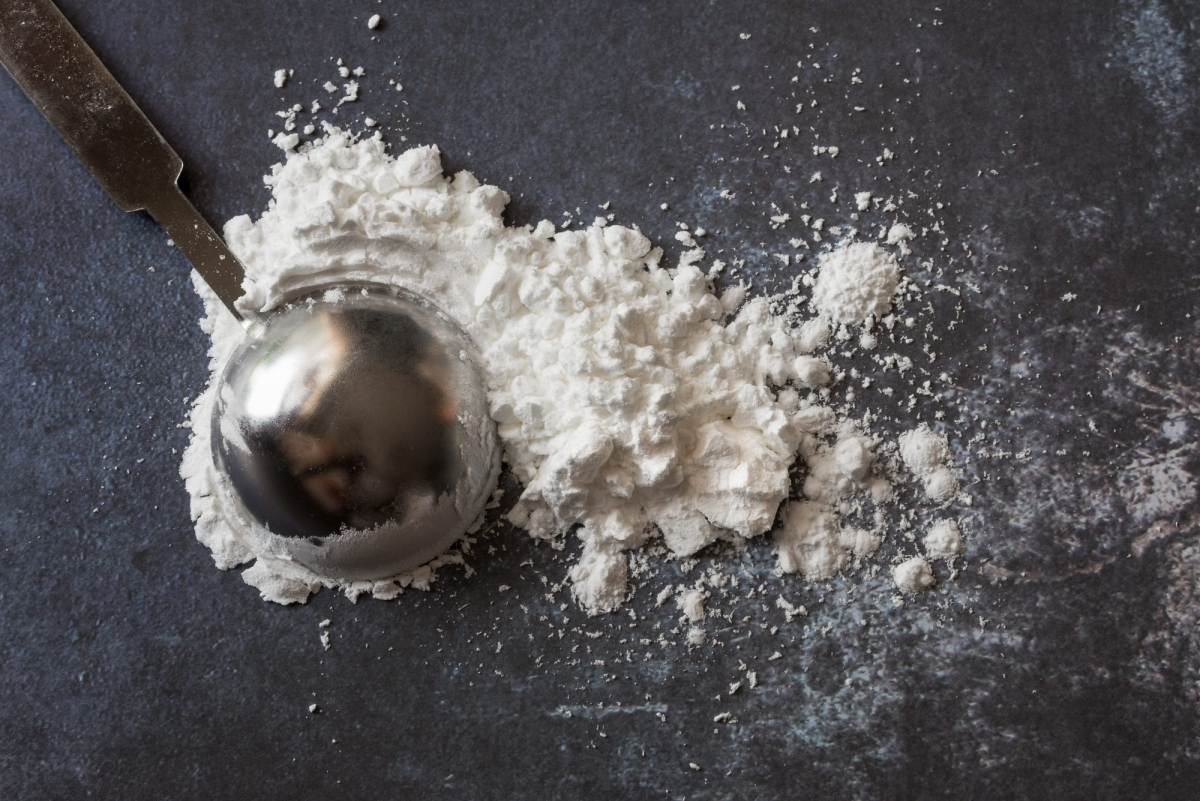
Turn a boring afternoon into a creative session with your own homemade modeling clay. It’s surprisingly simple and uses the star of our show. The result is a super-soft, pliable dough that’s just as good as the store-bought stuff, like Play-Doh, but without the chemical smell or high price tag.
- Combine 1 cup of baking soda, 1/2 cup of cornstarch, and 3/4 cup of cool water in a non-stick saucepan.
- Stir over medium heat until the mixture thickens and pulls away from the sides, forming a ball.
- Transfer the dough to a plate, cover with a damp cloth, and let it cool completely.
- Once cool, knead until smooth and add a few drops of food coloring to create your desired shades. Store in an airtight container.










